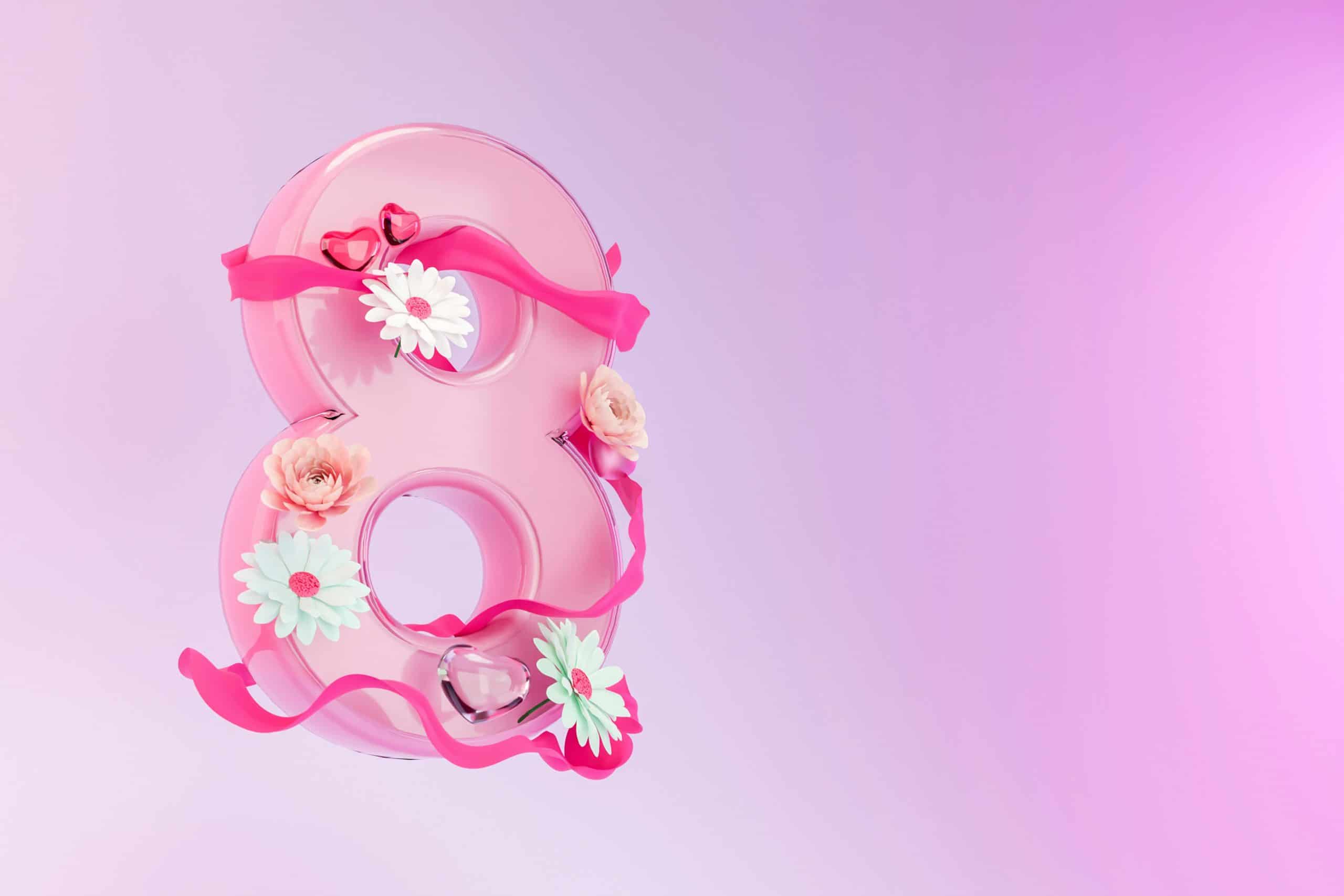Craftsmanship Inspirations: How Elegance Shapes Design
Elegance is a concept that has been highly valued in various aspects of life. From fashion to interior design, the allure of elegance continues to inspire and fascinate people around the world. In the world of craftsmanship, elegance plays a crucial role in shaping design. It is not just about aesthetics but also about the quality, intricacy, and sophistication of a piece. Craftsmanship inspirations rooted in elegance can result in truly exceptional and timeless creations that stand the test of time. In this article, we will explore how elegance shapes design and how it has influenced some of the most renowned craftsmen of all time. 
The Importance of Elegance in Craftsmanship
At its core, craftsmanship is the art of skillfully creating and producing something with great attention to detail and quality. From furniture and jewelry to textiles and pottery, craftsmanship covers a wide array of artistic expressions. In order for a piece to truly stand out, it must embody a sense of elegance that sets it apart from the rest. Elegance in craftsmanship refers to the combination of grace, refinement, and tastefulness in both the design and execution of a piece. It is not just about the finished product but also the process and materials used. Elegance elevates a piece from being simply functional to being a work of art that exudes a sense of luxury and sophistication.
The Influence of Historical Elegance
Elegance in craftsmanship has been a driving force since ancient times. The ancient civilizations of Egypt, Greece, and Rome placed great importance on the art of crafting with elegance. The Greeks, in particular, considered beauty and elegance as the epitome of perfection and used it as a measure of excellence. The intricate and delicate design of their pottery, architecture, and sculptures is a testament to their devotion to elegance. The Romans, on the other hand, were known for their grandiose and refined designs in everything from their clothing to their architecture. Even today, these ancient civilizations continue to inspire and influence modern craftsmen to create pieces that exude elegance and timelessness.
Elegance in Modern Craftsmanship
The concept of elegance in craftsmanship has continued to evolve and inspire artists and designers throughout the centuries. In the 18th and 19th century, the Baroque and Rococo styles emerged, characterized by their opulence, intricate details, and grandeur. The craftsmanship of this time was highly regarded and reflected in the luxurious and elegant furnishings, jewelry, and fashion of the era. Fast forward to the 21st century, and we see that elegance still plays a crucial role in shaping design. However, in today’s world, elegance is no longer just about grandeur and opulence. It is also about simplicity, minimalism, and sustainability. Modern craftsmen have found ways to incorporate elegance into their designs while also considering the impact on the environment and the use of sustainable materials.
Elegance as a Reflection of the Craftsman
Elegance in craftsmanship is not only about the piece itself, but also a reflection of the skills, techniques, and personal touch of the craftsman. Just like how a signature captures the essence of a person’s identity, elegance in craftsmanship is a signature of the artist’s style and vision. It is what sets one piece apart from another, even if they are made with similar techniques and materials. Elegance gives a piece its character and soul, making it more than just an object, but a meaningful and unique creation.
In Conclusion
From ancient civilizations to modern times, elegance has been a constant source of inspiration and influence in the world of craftsmanship. Elegance in craftsmanship goes beyond just aesthetics and embraces the essence of grace, refinement, and quality. It is a reflection of the past, present, and future of design, making it a timeless concept that will continue to shape and inspire craftsmen for years to come. So the next time you admire a piece of craftsmanship, take a closer look and see how elegance has shaped and elevated its design.










